Unveiling the Secrets of Orthotrichum Diaphanum: A Captivating Moss
Affiliate Disclaimer: As an affiliate, we may earn a small commission when you make a purchase from any of the links on this page at no additional cost to you!
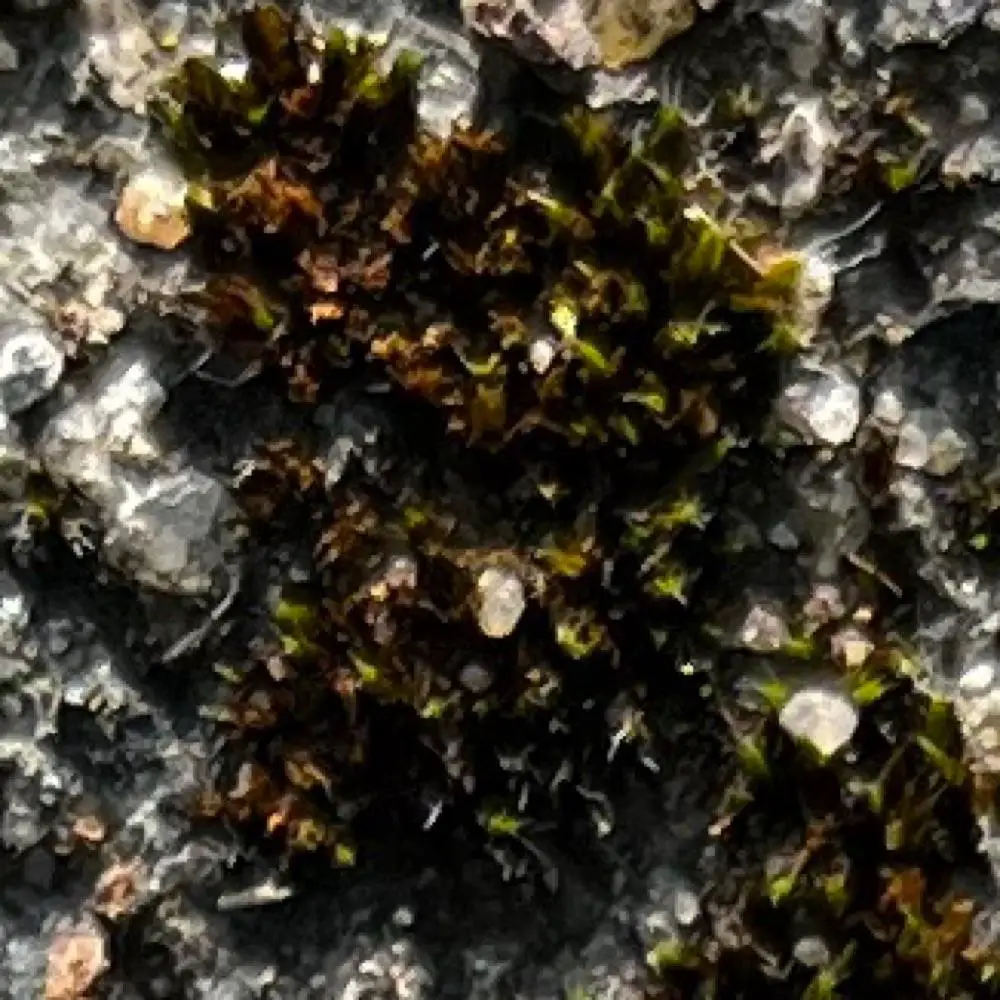
59604813.jpg from: https://observation.org/photos/59604813/
Introduction
In the vast and captivating world of bryophytes, the Orthotrichum diaphanum Schrad. ex Brid. moss stands out as a remarkable species. Belonging to the Orthotrichaceae family, this unassuming yet fascinating moss is commonly referred to as Orthotrichum. Let’s embark on a journey to unravel the secrets of this intriguing plant and explore its unique characteristics.
Background
Before delving into the specifics of Orthotrichum diaphanum, it’s essential to understand the broader context of bryophytes. These non-vascular plants, which include mosses, liverworts, and hornworts, are often overlooked but play a crucial role in various ecosystems. They are among the oldest land plants on Earth, with a rich evolutionary history dating back millions of years.
Main Content
Morphology and Identification
Orthotrichum diaphanum is a small, acrocarpous moss that forms dense, cushion-like tufts or mats. Its leaves are lanceolate, with a distinctive translucent appearance, hence the specific epithet “diaphanum” (meaning transparent or diaphanous). The leaves are arranged in a spiral pattern around the stem, creating a neat and orderly appearance.
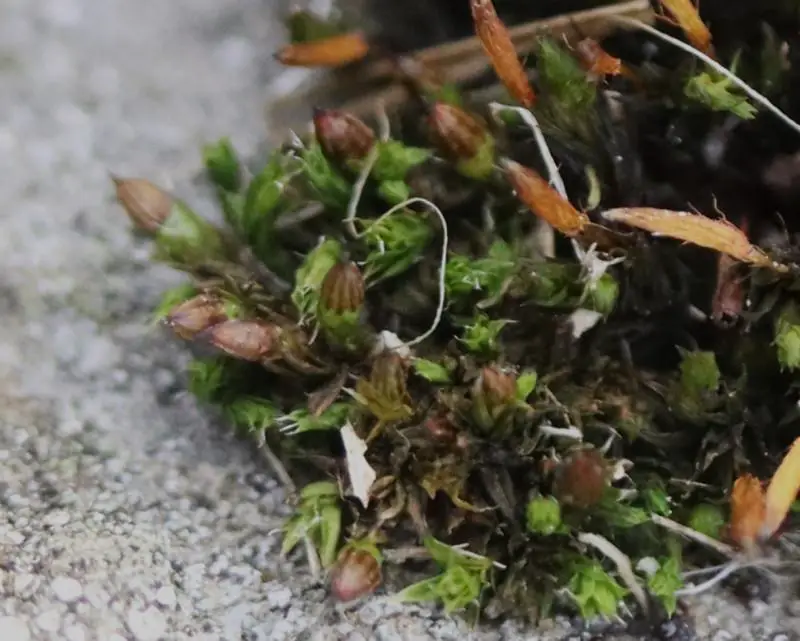
60599808.jpg from: https://waarneming.nl/photos/60599808/
One of the most striking features of this moss is its calyptra, a delicate, hairy cap that covers the developing sporophyte (spore-bearing structure). This calyptra is a valuable identification characteristic, as it is often used to distinguish
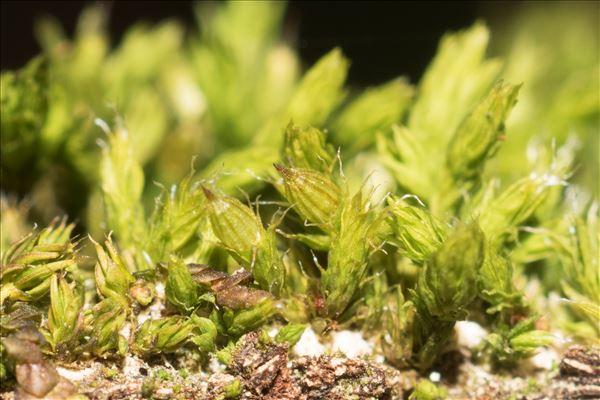
DSC04556_600.jpg from: https://www.preservons-la-nature.fr/flore/taxref/47163.html
Orthotrichum species from other mosses.
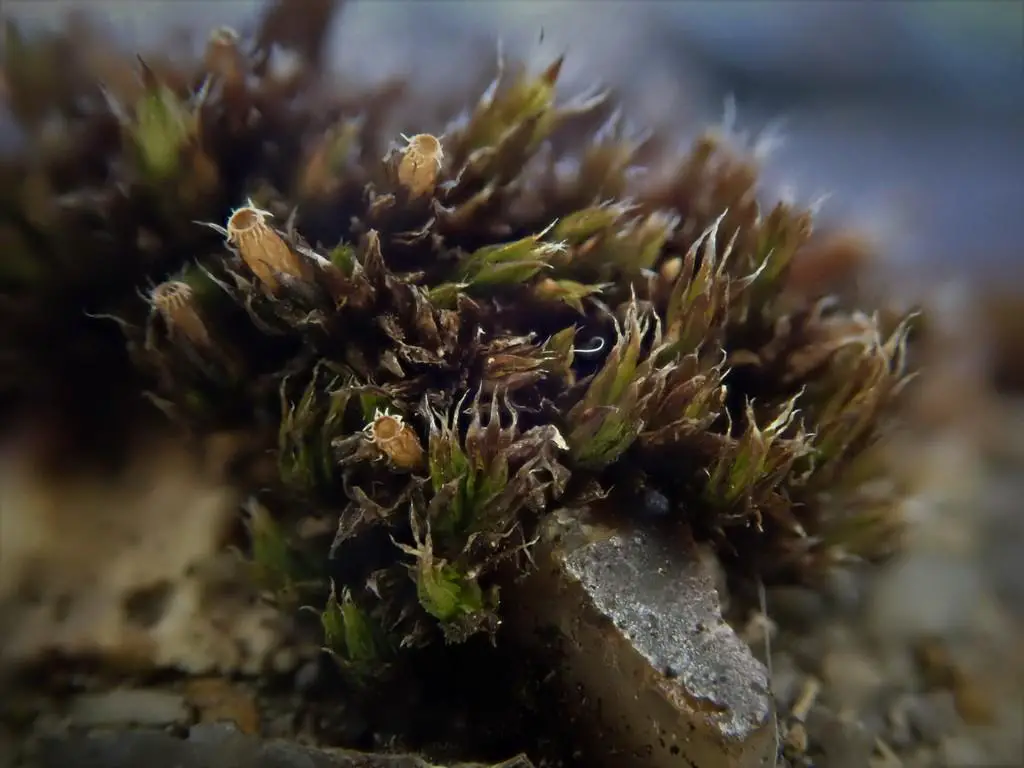
large.jpeg from: https://www.inaturalist.org/guide_taxa/1607422
Global Distribution and Habitat
Orthotrichum diaphanum is widely distributed across various regions of the world, including Europe, North America, Asia, and parts of Africa. It thrives in a diverse range of habitats, from tree bark and rocks to soil and decaying wood. This moss is particularly fond of calcareous substrates, making it a common sight on limestone and chalk outcrops.
Ecological Roles and Adaptations
Despite their diminutive size, mosses like Orthotrichum diaphanum play vital roles in their ecosystems. They act as pioneers, colonizing bare surfaces and paving the way for other plants to establish themselves. Additionally, they contribute to soil formation, water retention, and nutrient cycling.
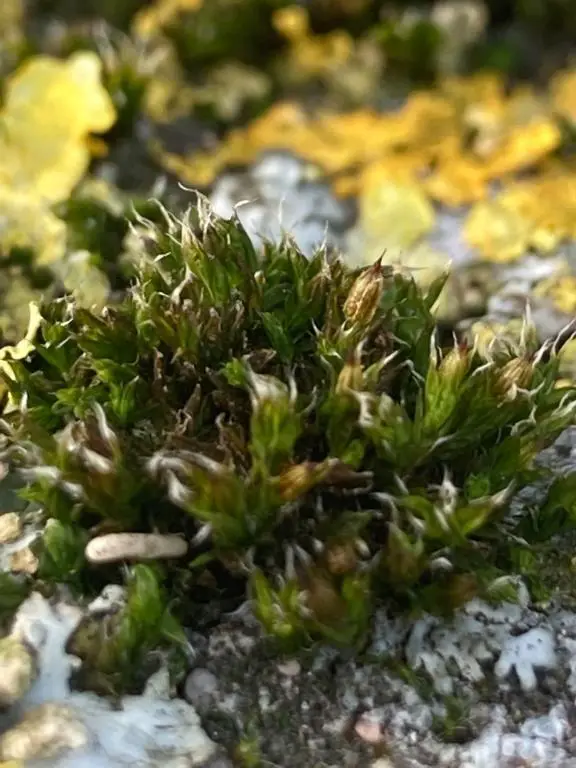
af7bec4e-77fb-497b-aa09-afb400d5c66a_medium.jpg from: https://arter.dk/observation/record-details/99c96172-8af9-46c3-9e66-afb400d5c6ca
One of the remarkable adaptations of Orthotrichum diaphanum is its ability to withstand desiccation. During dry periods, the moss can enter a state of dormancy, curling its leaves inward to conserve moisture. When water becomes available again, it quickly revives, showcasing its resilience and adaptability.
Case Studies/Examples
In a study conducted in the United Kingdom, researchers found that Orthotrichum diaphanum played a crucial role in the recolonization of ancient woodlands after disturbances. Its ability to rapidly colonize tree bark and create microhabitats facilitated the establishment of other bryophyte and lichen species, contributing to the overall biodiversity of the ecosystem.
Technical Table
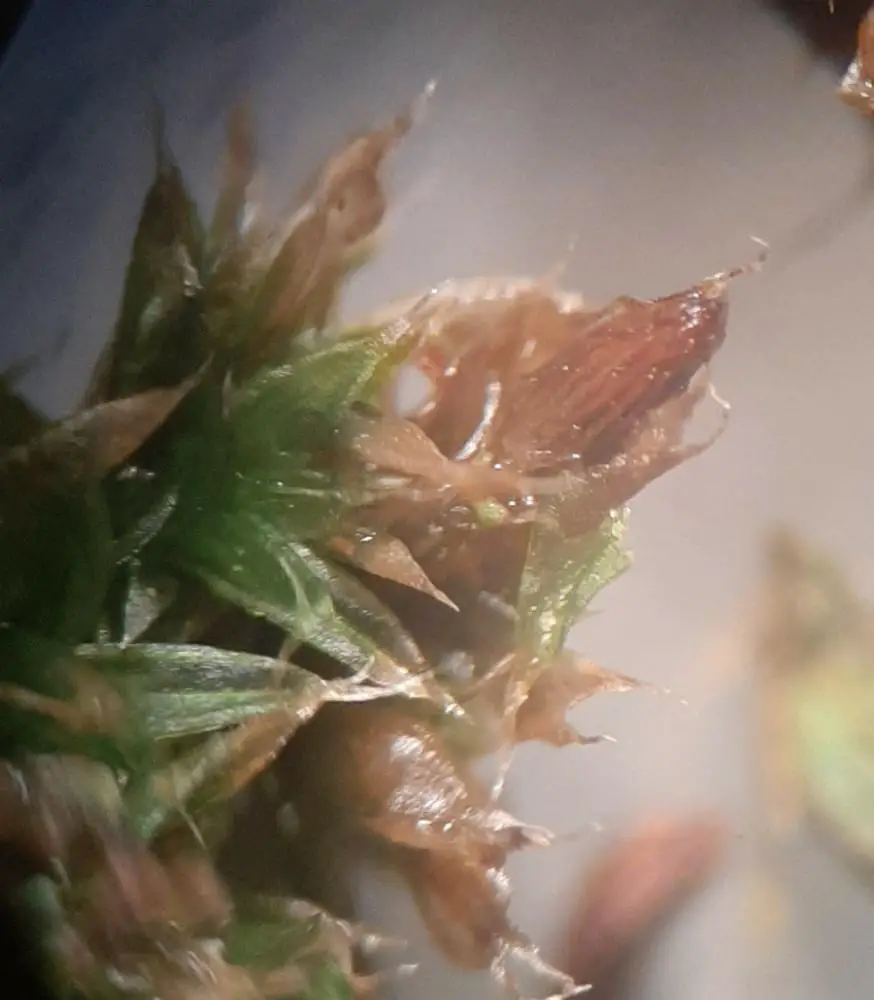
32757309.jpg from: https://observations.be/photos/32757309/
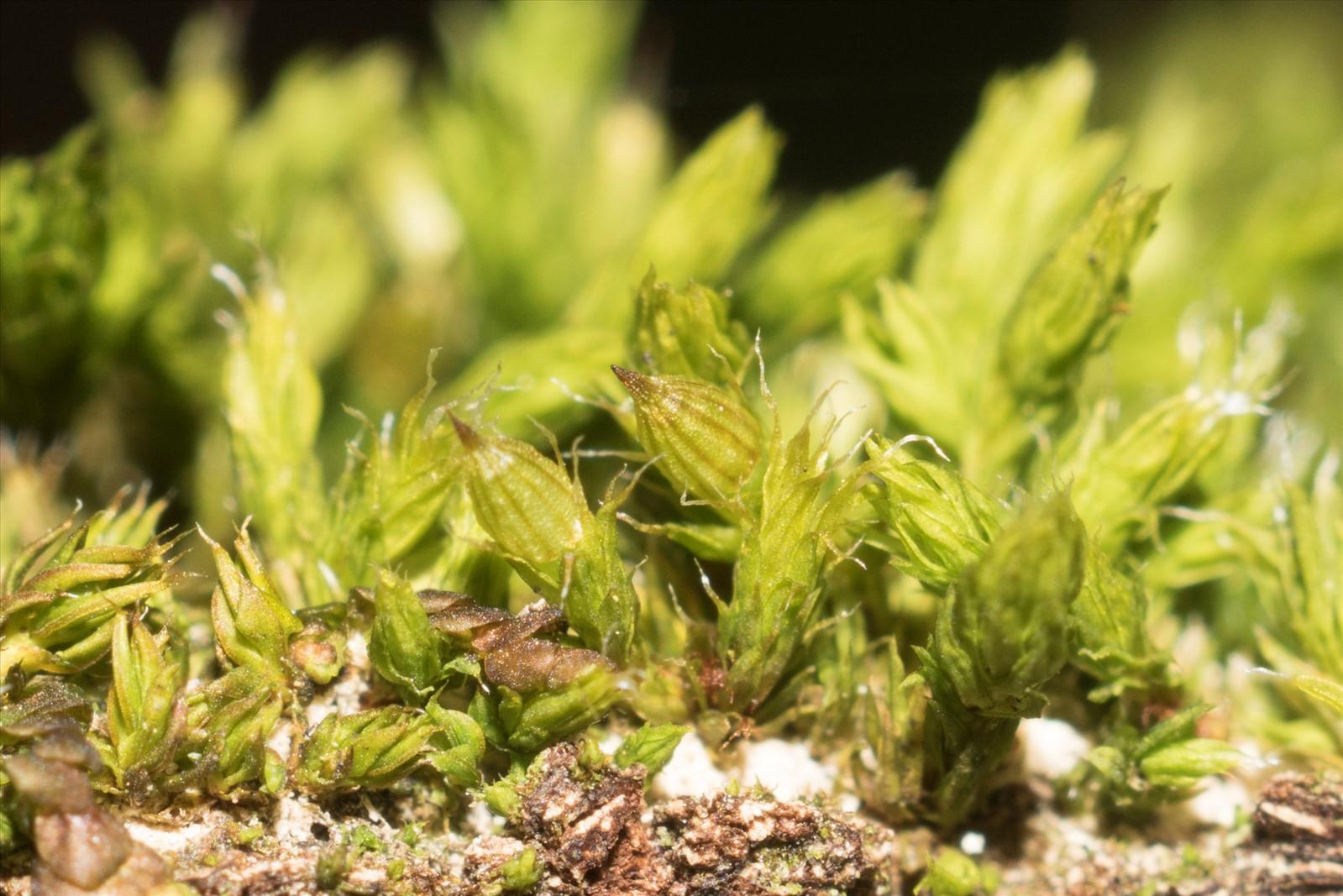
DSC04556_1600.jpg from: http://www.floraphile45.org/flore/taxref/47163.html
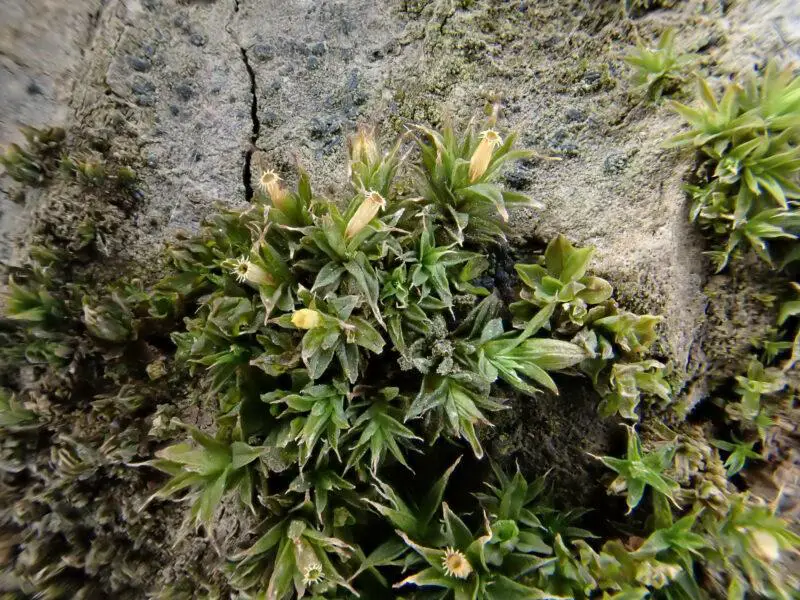
2023-04-21-13-56-45-800×600.jpg from: https://www.britishbryologicalsociety.org.uk/learning/species-finder/orthotrichum-diaphanum/
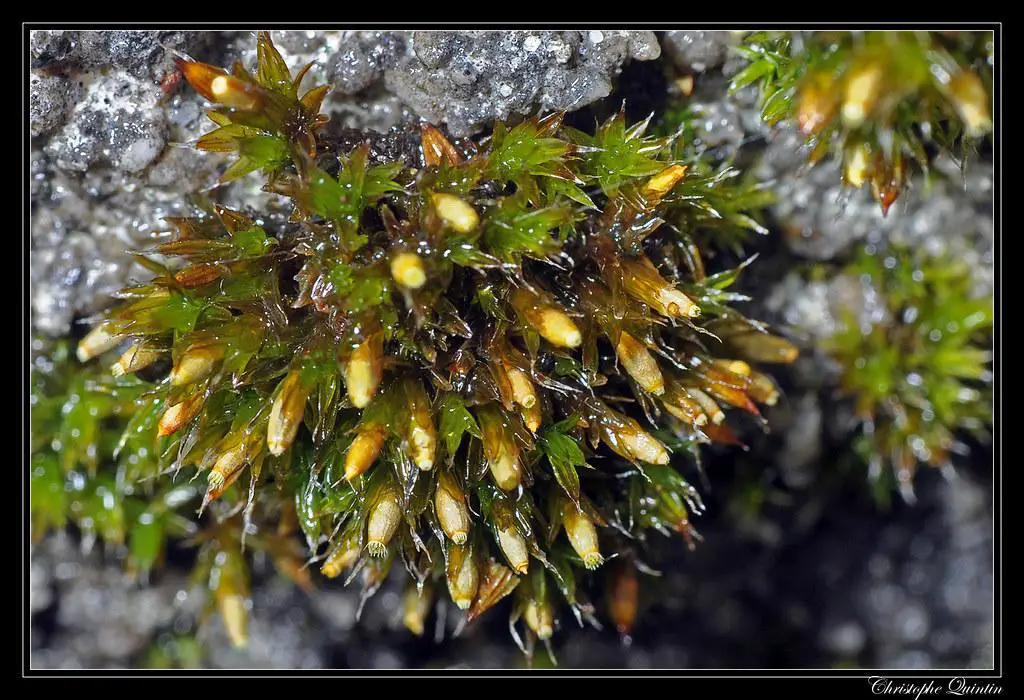
6995907647_792173597e_b.jpg from: https://www.flickr.com/photos/34878947@N04/6995907647/
| Characteristic | Description |
|---|---|
| Phylum | Bryophyta |
| Class | Bryopsida |
| Order | Orthotrichales |
| Family | Orthotrichaceae |
| Genus | Orthotrichum |
| Species | Orthotrichum diaphanum Schrad. ex Brid. |
| Growth Form | Acrocarpous, cushion-like tufts or mats |
| Leaf Shape | Lanceolate, translucent |
| Calyptra | Hairy, distinctive |
| Habitat | Tree bark, rocks, soil, decaying wood |
| Distribution | Widespread across various regions |
Conclusion
The Orthotrichum diaphanum Schrad. ex Brid. moss, a member of the Orthotrichaceae family, is a remarkable example of nature’s resilience and adaptability. Its unique morphological features, global distribution, and ecological roles make it a fascinating subject of study for bryologists and naturalists alike. As we continue to explore and appreciate the diversity of bryophytes, let us ponder this thought-provoking question: How can we better protect and conserve these often-overlooked yet vital components of our ecosystems?
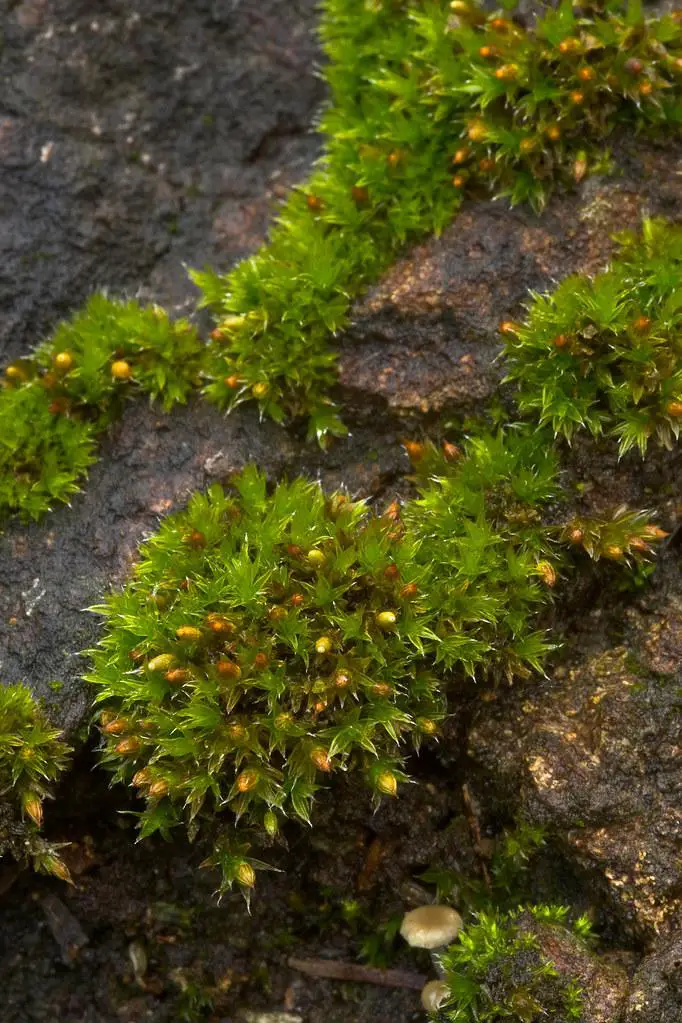
9759268105_fc26bd324f_b.jpg from: https://www.flickr.com/photos/wild-eyes/9759268105/
